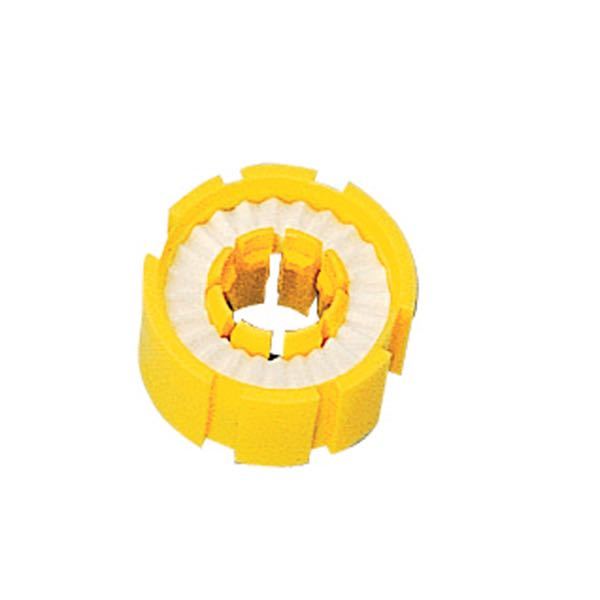Requirements for labeling and standards
To ensure that life jackets are reliable, they must be CE marked or ISO certified. This serves as proof that vests comply with applicable safety standards. ISO-certified life jackets typically come with additional equipment and are also approved in the EU.
Your life jacket must also have an indication of its class, which informs about its buoyancy and the area of use it is suitable for:
- 50 N: A life vest designed for experienced swimmers close to shore, where help is nearby.
- 100 N: A life jacket for use in protected, coastal waters.
- 150 N: A life jacket suitable for use in open water.
- 275/300 N: A life jacket designed for open water in extreme weather conditions.
Here "N" refers to Newton, which is a unit of force. A life jacket with 100 N corresponds to approximately 10 kg of buoyancy. Although 10kg may not sound like much, it is important to remember that humans weigh significantly less in water, so it is not necessary to match the entire body weight in buoyancy. Most people can stay afloat on water by simply breathing in and having air in their lungs, where they typically only weigh between 2 and 4 kg in water.



















